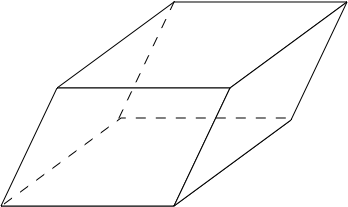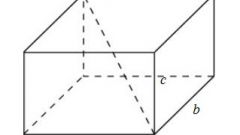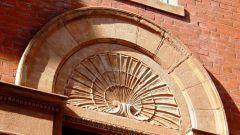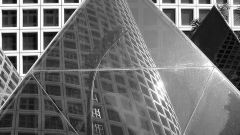Instruction
1
Is to begin to understand what is the lateral surface of the parallelepiped. It represents the sum of the areas of the four parallelograms, located on each side of this three-dimensional figure. The area of any parallelogram is given by:S = a*h, where a is one side of the parallelogram h is the height spent to this side.
If the parallelogram is a rectangle, its area is:
S = a*b, where a and b are the sides of this rectangle.Thus, the area of the lateral surface of a parallelepiped is:S = s1+s2+s3+s4, where S1, S2, S3 and S4 of the square, respectively, the four parallelograms that compose the lateral surface of the parallelepiped.
If the parallelogram is a rectangle, its area is:
S = a*b, where a and b are the sides of this rectangle.Thus, the area of the lateral surface of a parallelepiped is:S = s1+s2+s3+s4, where S1, S2, S3 and S4 of the square, respectively, the four parallelograms that compose the lateral surface of the parallelepiped.
2
In that case, if a direct box, which is known to the base perimeter P, height h, find the area of its lateral surface can be found as:S = P*h.If given a rectangular parallelepiped (all of whose faces - rectangles), which has a known length of the base (a and b), a c - its lateral edge, the lateral surface of the parallelepiped is calculated by the following formula:
S = 2*c*(a+b).
S = 2*c*(a+b).
3
For clarity, we can consider the examples:Example 1. Given a straight parallelepiped with base perimeter 24 cm, height 8 cm Based on these data the area of the lateral surface it will be calculated like this:
S = 24*8 = 192 см2Пример 2. Let a rectangular parallelepiped base side equal to 4 cm and 9 cm, and the length of its side edges 9 see with this data, we can calculate the lateral surface:
S = 2*9*(4+9) = 234 cm2
S = 24*8 = 192 см2Пример 2. Let a rectangular parallelepiped base side equal to 4 cm and 9 cm, and the length of its side edges 9 see with this data, we can calculate the lateral surface:
S = 2*9*(4+9) = 234 cm2



